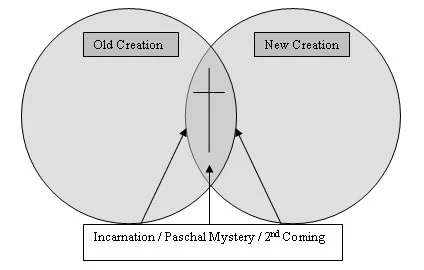Sep 24, 2008
Oddly enough, I would like to start a series of columns on the thought of St. Paul, during the “Year of St. Paul,” with a quote from St. Peter. Referring to St. Paul’s writings, he tells us, “In them there are some things hard to understand…” (2 Peter 3:16).
In many ways, two millennia later, there are still some things hard to understand. However, there is one theme that runs through St. Paul’s thought that will help us understand other themes, making them at least easier to understand. It is the distinction between the old creation and the new creation, the present age and the age to come, the present world and the world to come. (cf. Dr. Brant Pitre’s CD set, The Apostle Paul: Unlocking the Mysteries of His Theology, www.brantpitre.com)
St. Paul realizes that there is the old creation, and then there is the new creation inaugurated by Christ.
As a result of the sinful disobedience of Adam the creation that God created “very good,” is now “subject to futility…We know that all creation is groaning in labor pains even until now” (Romans 8:20, 22). But Christ, the new, or last, Adam, through righteous obedience, ushers in the new creation, leading us to a new heavens and a new earth.


